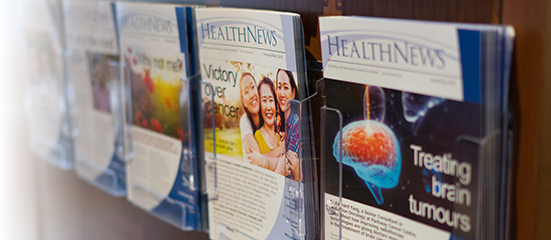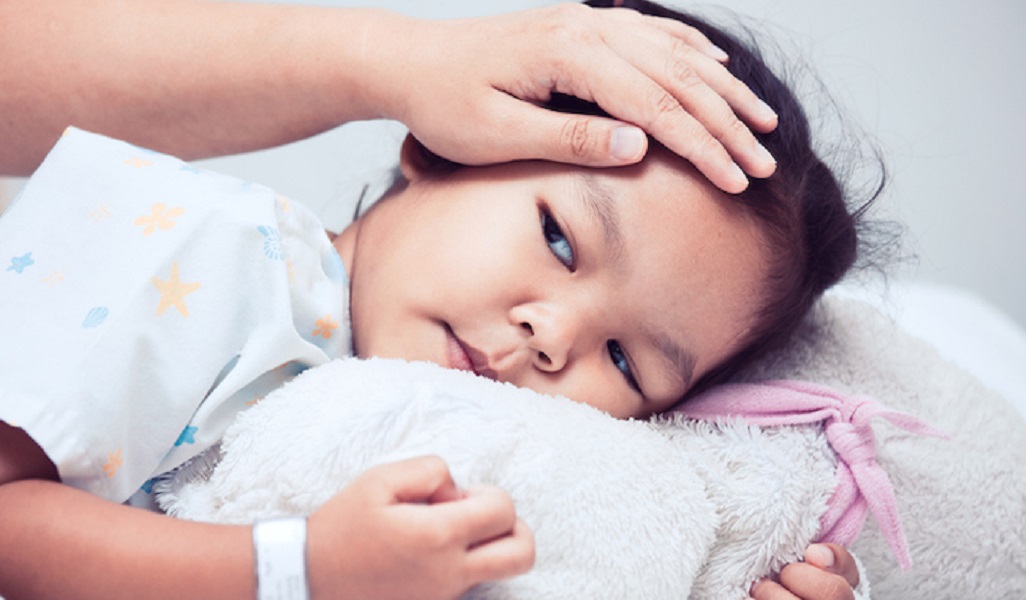News & Articles

Radiotherapy for Kids: A Parent's Guide

Radiation therapy: A parent’s guide
Understanding cancer, the treatment options and possible side effects can help you make informed choices for your child.
To better support your child through his or her treatment, it would help to have a better understanding of radiation therapy in general. For example, you might want to know what radiation therapy is, how it works, and how it will help your child.
Talk to your child’s radiation oncologist and his radiation therapy team to find out what you need to know. They will also discuss and help you understand the radiation therapy options (the type to be used), side effects, and potential benefits and risks.
For a better understanding on what happens before, during and after radiotherapy treatment, please see: What to Expect Before, During & After Radiation Therapy
Here are some answers to questions you might be asking:
What happens before my child’s first radiation therapy session?
Once you give your informed consent for your child to proceed with the radiation therapy, an appointment will be scheduled for your child to undergo a treatment simulation session.
This is needed to get details of your child’s anatomy and the location of the tumour, allowing the radiation oncologist and physicist to develop a customised treatment plan. The plan will define the treatment target areas, radiation dosage and distribution to ensure that the radiation beams are delivered accurately so as to minimise damage to surrounding healthy tissues. Sometimes, other scans like PET/CT or MRI may be done.
Your child will also be put through an immobilisation procedure, which ensures that he will be positioned in the same way for every treatment. To help him stay stationary, head and neck masks, or body moulds, may be crafted to fit comfortably while reducing body movement. Skin markings may also be done to ensure that the treatment areas are treated consistently throughout the entire course of the radiation therapy.
What happens to my child during the radiation therapy session?
After he is put into position in the treatment couch, the radiation oncologist and/or therapist will leave the room just before the radiation therapy begins. The radiation oncologist and/or therapist, however, will continue to monitor your child visually through cameras from the control room, which is outside the treatment room, and can talk to your child through a speaker in the treatment room.
Does my child need sedation?
If your child is very young and does not feel comfortable staying in the treatment room alone (or finds it hard to stay still during treatment), he may have to be sedated. Talk to the radiation oncologist and/or anaesthetist to confirm if sedation is required.
How often is the radiation therapy usually done? How long does the treatment course take?
Children usually receive radiation therapy once a day from Monday to Friday, and the entire course can last from one to six or seven weeks, depending on the treatment type and goal.
Will my child be radioactive? Will he pass on the radiation to his siblings or other people?
No, your child will not become radioactive after external beam radiation therapy. Any person receiving radiation therapy treatment will not become radioactive after treatment as the radiation gets absorbed into the body tissues without any lingering effect. It is absolutely safe for your child and for the people around him.
What about side effects?
Some side effects of radiation therapy can be expected, though they may differ for different people. Common side effects include fatigue, decreased blood count, skin changes, and eating problems. Talk to your child’s radiation oncologist about what can be done to prevent or treat the general side effects and those specific to the area being treated. He may refer you to a certified dietitian who can guide you on how to ensure that your child gets enough nutrition.
Practical tips: How can I help my child?
Prepare your child for radiation therapy
- Tell your child what he can expect in the radiation room. You could take him to the radiation therapy unit and let him meet the staff, and let him have a look at the machines and treatment room several weeks before the treatment starts.
- Make a special request to the clinical team for your child to visit the radiological clinic so that he will feel more at ease with the environment.
- Get help from health professionals to provide age-appropriate information about the cancer treatment itself or side effects in a way that your child can understand, for example, using pictures.
Give your child emotional support and safety
- Stay as physically close as you can to your child before, during and after treatment, so that he will feel safe and secure. He needs time to adjust to the treatment process.
- Find out what strategies you can use to help your child handle emotions such as anxiety, fear and sadness. For example, you could distract him with a video or tell him a story through a pair of headphones, or let him bring a stuffed toy with him into the treatment room. Ask your child to choose what he likes. Or use other approaches like relaxation techniques.
- Give your child a small gift to encourage him after each treatment. This could help him to look forward to the next treatment.
- Seek guidance and support from a child specialist if needed. The specialist might help you explore ways to moderate your child’s anxiety and ensure that the experience of cancer treatment does not affect his development, such as through play, reading activities and creative expressive arts such as music and art therapy, drama, video work, and creative writing.
- For older children or those in their teens, peer support can play an important social support role.
- Don’t forget to support healthy siblings of a sick child by reminding them that you will continue to meet their needs, too. Make it feel like a team effort and encourage them to be involved in their sibling’s care by giving them appropriate tasks to do.
Get organised, have a routine
- Help your child build a routine and structure in his daily life. This is necessary for both you and your child, as a routine will help you normalise and regain some control of your life when it is turned upside down by a cancer diagnosis.
Help your child get good nutrition
- Talk to your child’s oncologist, who may refer you to a certified dietitian who can help you manage your child’s nutritional needs and the effects of radiotherapy on his appetite. For example, the dietitian may recommend smaller, frequent meals to counter poor appetite, or advise you to avoid citrus fruits, spicy and very salty foods to deal with mouth sores.
- Find out more about eating problems and how to manage them at Managing Eating Problems During Cancer Treatment
...And take care of yourself
You are your child’s secure base. To better support and journey with your child, you need to ensure your own well-being. This is important because how you handle the stress can affect your child’s behavioural, emotional and social adjustment:
- Learn strategies to cope physically, emotionally and mentally.
- Get help from others.
- Learn from other parents with similar experience by joining a support group.
| POSTED IN | Cancer Treatments |
| TAGS | cancer caregiver, cancer tips, common side effects of cancer treatment, managing emotions, radiotherapy (radiation therapy) |
| PUBLISHED | 27 January 2020 |
